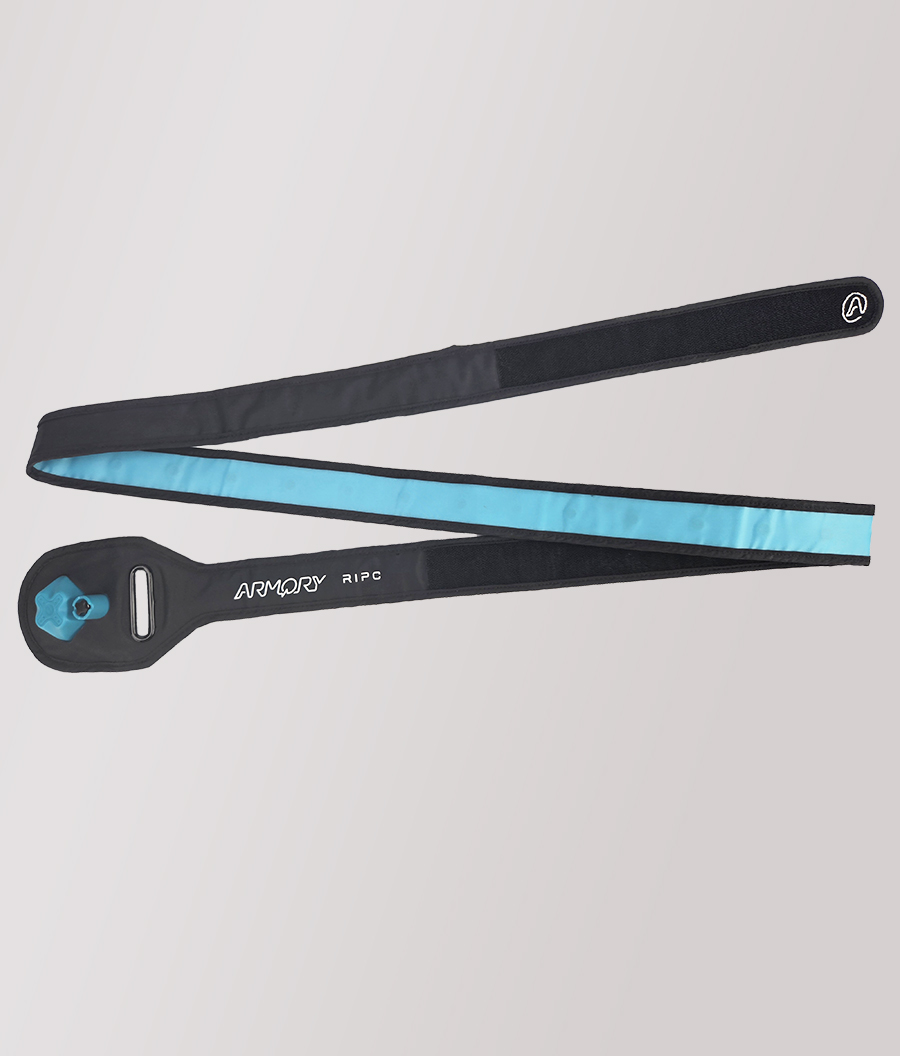
Multi-Point Pressure on the arm and forearm restricts blood flow to other organs
- Triggers a pain signal to the brain (neuro signal), preparing the body for an adverse event.
- Increasing the parasympathetic tone (rest and relaxation) therefore decreasing the amount of energy that the tissue needs.
- Improves the flow of blood and prepares the vascular system for an adverse event.
- Diminishes the inflammatory response and prepares the immune system.
Armory aims to use RIPC to precondition the body, acting as a stimulus before an adverse event occurs.
Armory's development stems from groundbreaking research into the physiological effects of tefillin, a traditional Jewish prayer practice. This daily ritual involves tightly wrapping a leather strap helically around the arm for approximately 20 minutes, which has been found to have notable cardiovascular benefits.
Studies have shown that tefillin use affects blood flow in the extremities and produces measurable changes in the body's inflammatory response. Both acute (single-use) and chronic (regular) tefillin practice have demonstrated positive effects:
The combined vascular and inflammatory changes associated with tefillin use have been linked to improved cardiovascular outcomes through a process similar to remote ischemic preconditioning (RIPC). This protective mechanism has been observed in several ways:
The Armory device was designed to reproduce the beneficial effects of tefillin and elicit an RIPC-like response. By mimicking the pressure and duration of traditional tefillin use, Armory aims to provide a non-invasive method for improving cardiovascular health and potentially reducing the risk of heart disease.